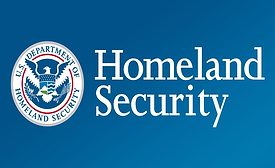Management
Driving remote workforce efficiency with IoT security
Digital transformation with Internet of Things (IoT) devices provides many organizations a way forward, but optimizing the strategy needs to start with security.
August 20, 2020
Supply chain chaos is ramping up cyber risk
Supply chains are going digital faster than ever. It’s time to address cyber risk.
August 19, 2020
Eliminating vulnerabilities early in the SDLC for Société Française du Radiotelephone
Case Study
August 19, 2020
Sign-up to receive top management & result-driven techniques in the industry.
Join over 20,000+ industry leaders who receive our premium content.
SIGN UP TODAY!Copyright ©2024. All Rights Reserved BNP Media.
Design, CMS, Hosting & Web Development :: ePublishing












